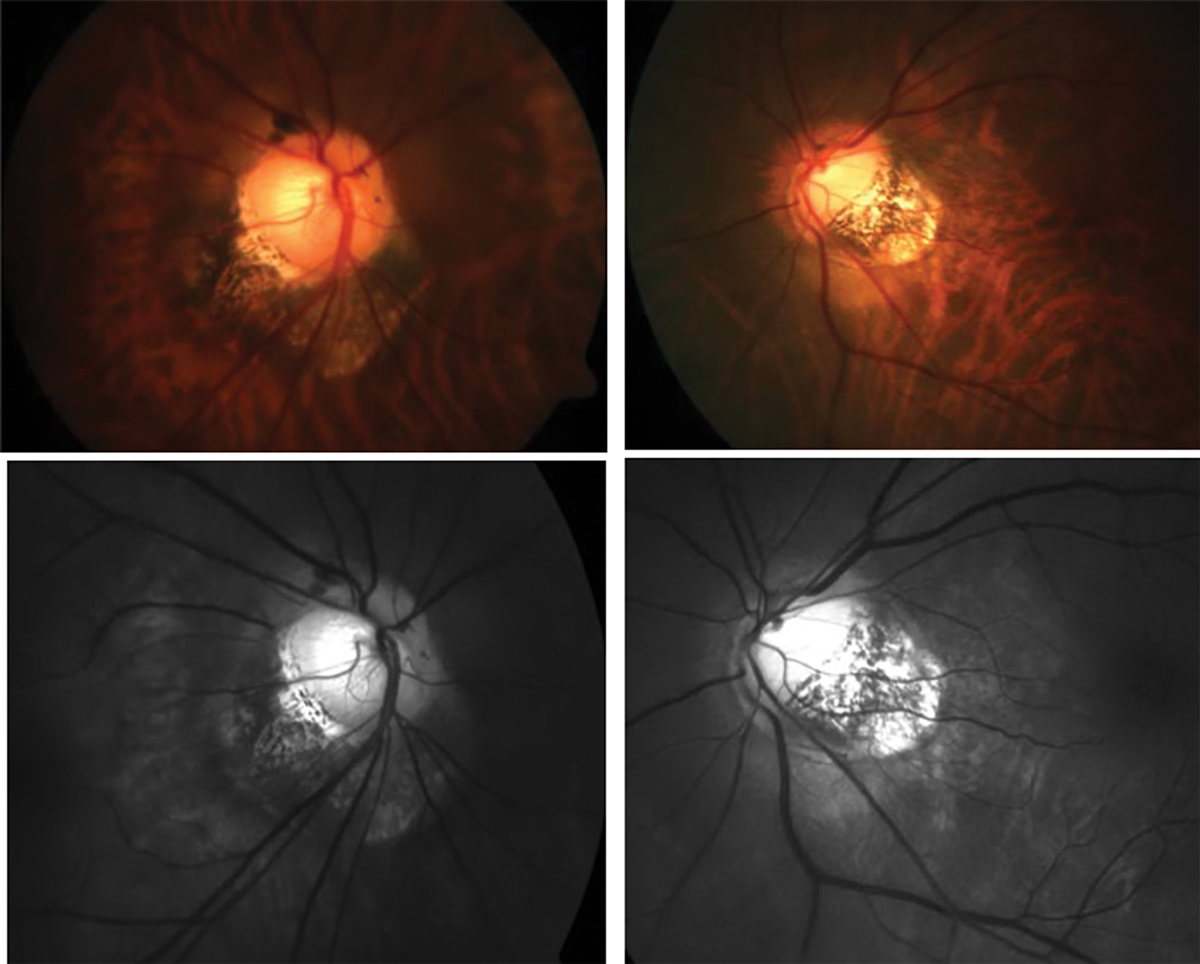 |
|
The mechanisms behind myopic refractive error and POAG may be related, a recent study suggests. Photo: Andrew Rouse, OD. Click image to enlarge. |
Myopic refractive error is associated with an increased risk of primary open-angle glaucoma (POAG), and researchers now believe that there’s a shared genetic basis in this association. With POAG’s complex etiology, identifying factors that may affect POAG risk directly or through interaction with pre-existing genetic risks is key, the authors of a recent study explained in their paper.
To study genetic associations, the investigators used two-sample Mendelian randomization, a method that uses variation in genes with known functions to study causal effects of a modifiable exposure on an outcome. A total of 154,018 participants from the UK Biobank and Genetic Epidemiology Research on Adult Health and Aging cohort were included.
The observational analyses included data for 54,755 non-Hispanic white individuals, among which were 4,047 POAG patients and 50,708 controls. The researchers found that POAG patients had a lower refractive mean spherical equivalent and were more likely to have myopia or high myopia vs. controls (myopia: 40.2% vs. 34.1%; high myopia: 8.5% vs. 6.8%).
POAG was genetically correlated with mean spherical equivalent refractive error, myopia and high myopia, according to genetic correlation analysis. The researchers also reported that genetically assessed refractive mean spherical equivalent was negatively associated with POAG risk.
“Our results support the use of refractive error as a metric to help stratify risk of POAG in the general population,” the researchers explained in their paper. “Currently, general population screening for glaucoma is not recommended in part due to the relatively low prevalence of undetected cases. Understanding which factors increase risk of POAG can help inform strategies for identifying glaucoma-enriched populations for targeted screening, which would lead to earlier diagnosis and preventative strategies for high-risk individuals.
“Clarifying the nature of the association between refractive error and POAG may open new avenues of investigation into specific mechanisms underlying these vision disorders,” they concluded.
Choquet H, Khawaja AP, Jiang C, et al. Association between myopic refractive error and primary open-angle glaucoma: a 2-sample Mendelian randomization study. JAMA Ophthalmol. July 28, 2022. [Epub ahead of print]. |


